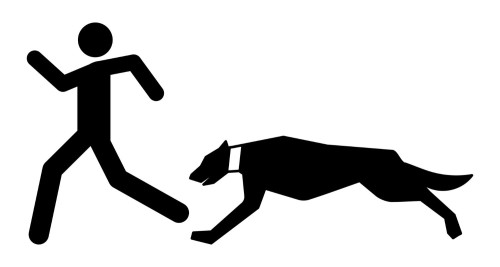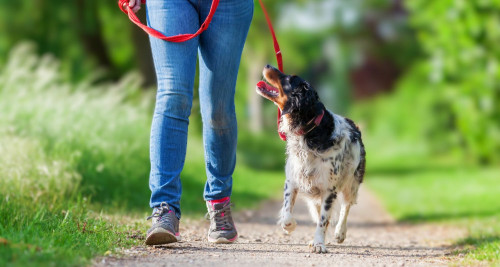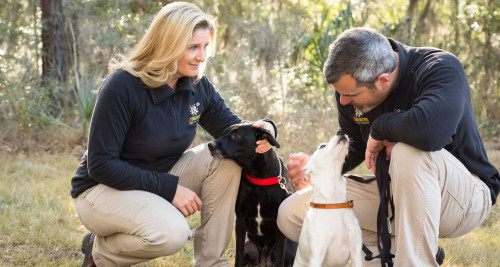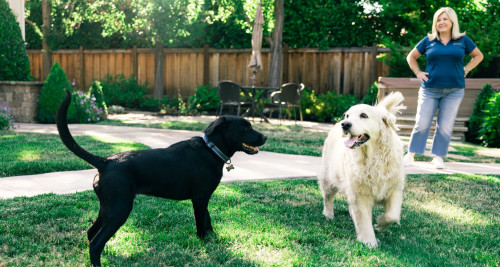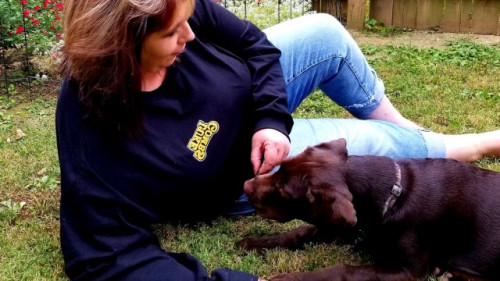Dog Aggression Training
Bark Busters Home Dog Training’s Guide to Aggressive Dog Behavior
Aggression is not a personality trait—it’s a behavior that dogs develop when they feel threatened, confused about their role in the home, or unsure of how to react to certain situations. If your dog lashes out at other animals, strangers, or even family members—we deeply understand the heartbreak and stress this can cause for everyone—and you are not alone.
There is a path forward. Learning to understand what causes your dog’s aggression is the first step to creating a safe, calm, respectful, and happier home environment.
Why Do Dogs Become Aggressive?
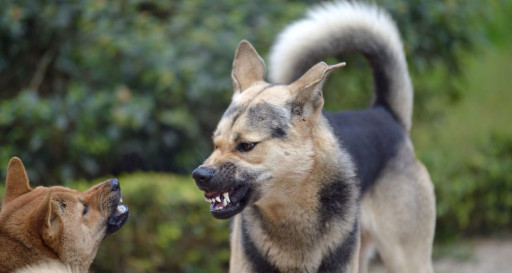
Dogs usually show aggression because they feel unsafe or uncertain. When fear mixes with adrenaline and unclear boundaries, it can lead to behaviors that seem dangerous—but often erupt from a place of emotional overload.
Dogs may act aggressively for many reasons, including:
- Maternal aggression: guarding their puppies
- Resource guarding: protecting toys, food or treats
- Territorial aggression: defending their home or territory
- Protective aggression: protecting their owners
- Pain aggression: reacting to discomfort or injury
- Conditioned behavior: learned responses from inconsistent or poor training
What are Signs of Aggression in Dogs?
Common Examples of Aggression in Dogs
|
|
|
|
|
|
|
Other Signs of Aggression You Might Not be Aware of
|
|
|
|
|
|
|
|
Types of Aggression Dogs Experience
|
|
|
|
|
|
|
|
Reactivity vs. Aggression
Aggressive behavior is often confused with reactivity, but there is a difference. Reactive dogs tend to overreact emotionally to everyday situations—like seeing another dog on a walk. While this may appear aggressive, it usually stems from poor socialization or a lack of impulse control.
Many dogs labeled as "aggressive" are actually reactive. Bark Busters trainers recognize the difference and specialize in dog aggression training that targets the emotional root, not just outward behavior.
What Causes Reactivity?
Reactivity commonly stems from:
- Inadequate socialization as a puppy
- Past traumatic experiences
- Lack of impulse control
- Unpredictable environments
- Improper handling by humans
With the right training—especially a personalized, in-home dog training program—we can help you understand if your dog is demonstrating reactive behavior or true aggression.
Get Help with Aggressive Dog Behavior
CALL TODAY 1-877-500-BARK (2275)
What Can You Do If Your Dog Displays Aggression?
What Doesn't Work and Why
Ignoring the Behavior
When dog owners ignore aggression, dogs may see that as your approval. Or at least, not a correction. Left unchecked, aggressive behaviors almost always escalate over time.
Avoidance or Over Management
While keeping your dog away from triggers might seem like a good short-term fix, it doesn’t resolve the cause of the problem. Accidents happen, and managing behavior isn’t the same as modifying it.
What Does Work
Personalized Training for Aggressive Dogs
Bark Busters trainers are highly specialized in dog training for aggressive dogs, uncovering the underlying causes of this behavior.
We create realistic, step-by-step programs designed to correct the root causes of aggression using our natural communication-based techniques. No punishment. No gadgets. And steady, over-time fixes.
We tailor our work with clients to your dog’s environment and behavior patterns. That’s what makes our aggressive behavior dog training approach so effective—and why so many families trust us with their dogs.
How to Manage Aggressive Dog Behavior
If your dog is showing signs of aggression, follow these steps to begin building a safer, more peaceful home environment:
Work with an Expert Bark Busters Trainer
A professional dog trainer with experience in aggressive dog training is equipped to identify the underlying cause of your dog’s behavior and can create a customized plan for you. Handling an aggressive dog without professional help can lead to misunderstandings about the root cause of the behavior. An untrained, aggressive dog poses potential safety risks, compromises the dog's well-being, and may lead to consequences of ineffective training.
You deserve a joyful, happy home with your companion, and our trainers are here to help.
Use Proper Equipment
Choose a secure, well-fitted harness or collar and a sturdy leash for controlled walks. In some cases, you may need a properly fitted muzzle or crate for safety.
Avoid Triggers
Reduce your dog’s exposure to triggering situations while you work on behavior modification. This gives your dog the space and time to learn new responses without constant stress or accidentally overwhelming them.
Avoid Harsh Tools and Punishment
Never use prong collars, choke chains, or e-collars. These devices are often responsible for increasing fear and aggression. Bark Busters’ training philosophy—and years of success—support kind, consistent leadership instead.
Reinforce Good Behavior Early and Often
Stay calm and lead with clarity. Use praise and positive reinforcement to reward the desired behavior. Your dog wants to please you; they frequently just don’t know how.
You’re Never Alone: There Is a Way Forward
Training for aggressive dogs requires empathy, patience, and guidance. Whether you’re here because you are dealing with a young puppy showing early signs of trouble or frustrated with a long-standing behavioral issue that has left you exhausted and worried, there is hope.
Many pet owners searching for local help reach out to us to help manage aggressive behavior. We have helped thousands of individuals with our in-home, personalized sessions designed to restore peace, safety, and joy to their lives with their dogs.
Let’s take this first step together. Contact your local Bark Busters dog trainer today.
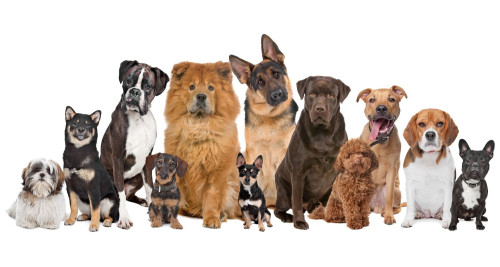
We're Here to Help!
Call 1-877-500-2275
or enter your zip code to learn more about your trainer.
Hear Directly from Clients with Aggressive Dogs
Helpful Tips for Every Dog Owner
Transform Aggressive Dog Behavior Today: Fill Out Our Form and Discover the Value of Expert Training!
Quickly confirm your zip code and complete this short form, and we’ll contact you by email or phone within 24 hours to discuss your pet’s training. Avoid the hassle and questionable group classes by opting for customized in-home dog training near you.
- 99.7% 4 or 5 stars 99.7% rate their experience with Bark Busters as 4 or 5 out of 5 stars.
- 99.6% Would Recommend 99.6% would recommend Bark Busters to their friends and neighbors.
- 99.5% Dog Responded 99.5% think their dog responded well to the training.
Need Help Dealing with Aggressive Dog Behavior? Find Your Local Trainer Today.
CALL TODAY 1-877-500-BARK (2275)
